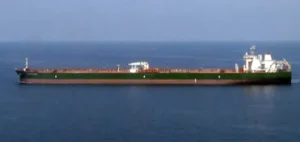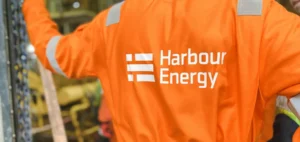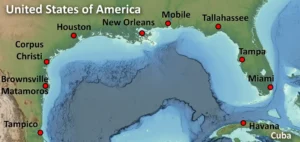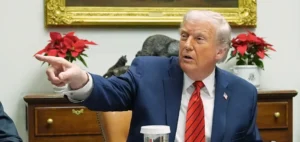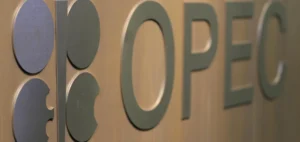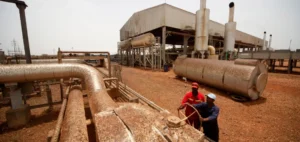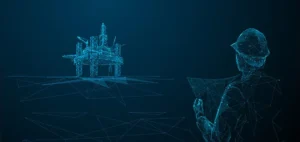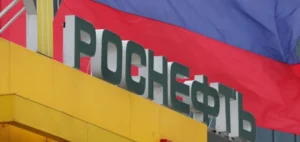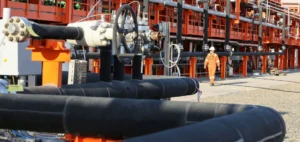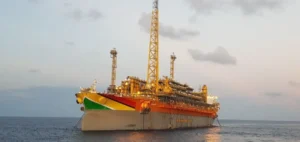Drilling and completion costs for shale oil wells across the Lower 48 US states are projected to increase by 4.5% in Q4 2025 compared to the previous year, according to a study published by energy consultancy Wood Mackenzie. The rise is attributed to the direct impact of tariffs on essential inputs such as imported steel, Oil Country Tubular Goods (OCTG), cement, and drilling fluids.
OCTG prices to rise 40%
Wood Mackenzie reports that OCTG prices are expected to surge by 40% year-on-year over the same period, contributing approximately 4% to total well costs on their own. Operators will be required to absorb this increase in a context where contract adjustments and supply realignments are becoming unavoidable. However, the report forecasts a stabilisation of annual costs in 2025, followed by a 2% rise in 2026 once the full effects of the tariffs are realised.
“Tariffs are creating significant cost pressures, particularly for consumables like imported steel and OCTG,” said Nathan Nemeth, principal analyst at Wood Mackenzie.
Service price deflation helps offset increases
Despite the tariff pressure, the report highlights that several key service segments are currently experiencing cost deflation. Prices for proppant, drilling services, and hydraulic fracturing are declining, helping to partially offset increases in other areas. This trend is allowing overall exploration and production cost increases to remain contained.
Wood Mackenzie notes that its North American cost model incorporates price projections from over 70 oilfield service lines across five major Lower 48 regions. This granularity enables precise tracking of how tariff and pricing trends impact total well costs.
Drilling rig count expected to decline
The analysis forecasts a gradual decrease in active drilling rigs across the US in 2025 and 2026, particularly in oil-producing regions. The number of oil-focused rigs is projected to be 45 to 50 units below April 2025 estimates. A slight increase in gas drilling activity will partially offset the decline, resulting in a net drop of about 30 rigs between March and July 2025.
According to Nemeth, “Completion activity is expected to increase in gas-rich basins, while oil-focused operators will scale back if WTI remains near $60 per barrel.”
Tariff uncertainty through 2028
The report anticipates that the US tariff environment will remain uncertain through 2028. This prolonged uncertainty could complicate investment planning and delay certain strategic decisions. Operators are expected to rely on efficiency gains and technological innovations to minimise the impact of higher tariff-related costs.
“While tariff-driven cost increases are undesirable, they are manageable,” said Nemeth. “However, prolonged economic weakness and falling commodity prices may compel the sector to adjust its activity levels.”






